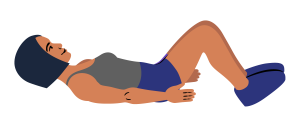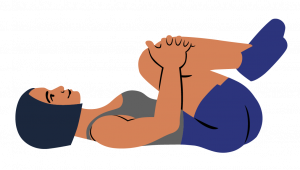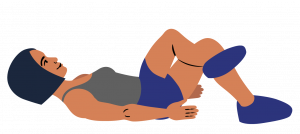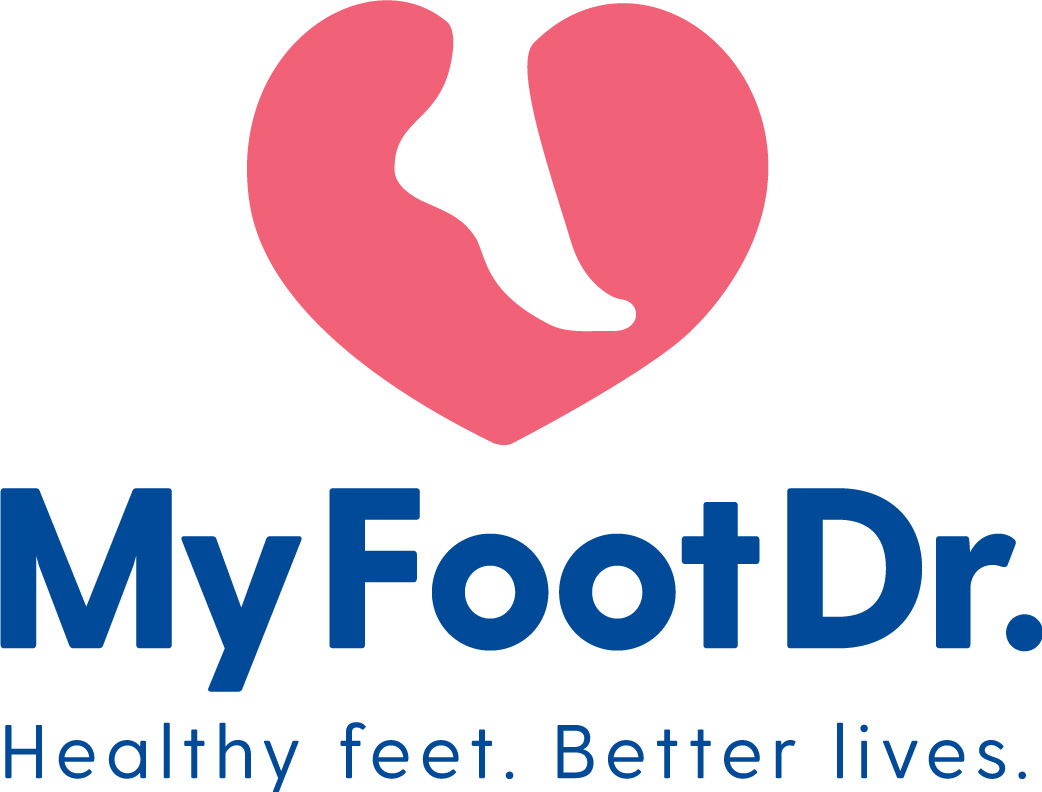


Suffering from a sore lower back?
You are not alone – about 80% of the population experiences a sore back at some point in their lives, regardless of their physical and psychological health. But don’t despair – most people recover within 4-6 weeks.[1]
Why am I experiencing low back pain?
Low back pain can affect us at any age but it most commonly occurs between the ages of 20 and 60 years. There are various factors that can contribute to a person experiencing low back pain including repetitive awkward lifting or a sudden trauma such as a fall. But there is strong evidence that non-physical factors, such as the presence of other co-morbidities (e.g., diabetes), not getting enough sleep, changes in mood, stress, smoking, can also result in a person experiencing back pain. Low back pain can be a scary experience, especially when it’s persistent and effects work performance, social responsibilities and family life.
Do I need physiotherapy to relieve my low back pain?
There are many different approaches that physios can take to help you manage low back pain – the approach taken will, amongst other things, depend on your individual presentation and your goals. But in the first instance, you might like to try these 4 gentle exercises as a starting point. If you are unable to perform any of these tips safely or easily, it’s a good sign that you will benefit from seeking advice from a physio.
If I have low back pain, should I rest?
There is good evidence that lying in bed and being still for long periods will prolong back pain symptoms. Although it can be challenging, movement is typically the best way to help you recover as fast as possible. Keep up with gentle activity and regular short walks – even if the walks are only around the house to start with.
Here are 4 gentle movement-based exercises you can try:
- Knee rocks – Performed to help relieve pain. Try performing 10-15 each direction, ensuring you keep breathing comfortably and relax your tummy muscles.
- Knees to chest – Performed to help relieve pain – i.e. try this movement and test to see whether it helps relieve your symptoms or improve your movement. Keep your tummy and back muscles relaxed whilst doing the exercise.
- Glute stretch – Hold for 30 seconds on both legs
- Avoid prolonged positions – Aim to move at least every 20 minutes. For example, if your job involves sitting for long periods, try standing up every 20 minutes, walking around or even kneeling on something soft such as a cushion

Note: all of the above exercises are a guide only – if you’re unsure on how to do these correctly feel free to contact your physiotherapist.
We’re here to help
If you are finding your low back pain is not settling and/or you would like further advice on how best to manage your symptoms or prevent recurrence, get in touch with one of our physiotherapists. Our highly trained physiotherapists will work with you to help you understand what’s going on and help you address the factors contributing to your back pain. We can also make a plan to be proactive about your lower back with options such as weights, Pilates, yoga and general body exercises to name a few.
References
[1] Stochkendahl MJ, Kjaer P, Hartvigsen J, Kongsted A, Aaboe J, Andersen M, et al. National clinical guidelines for non-surgical treatment of patients with recent onset low back pain or lumbar radiculopathy. European Spine Journal 2018 Jan;27(1):60-75. 2018.









